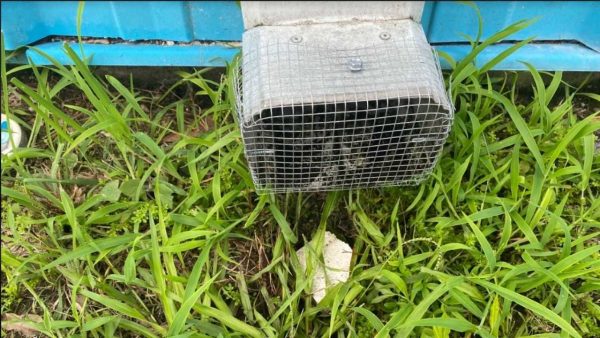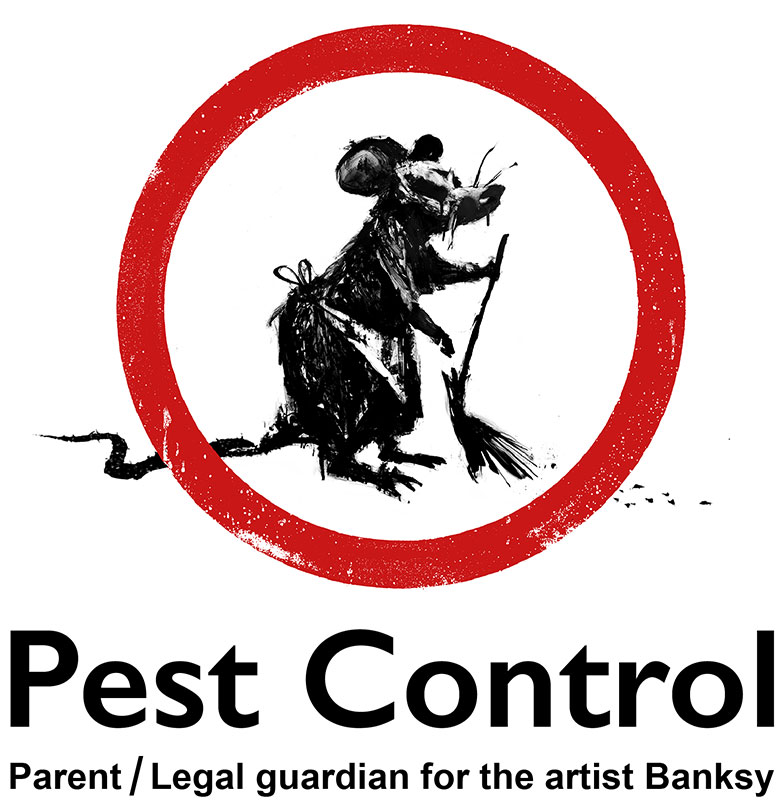Trusted Rodent Control Port Charlotte to Keep Your Home Free from Pests
Learn More About the most up to date Breakthroughs in Pest Control and Exactly How to Apply Effective Treatment Solutions
Recently, the field of pest control has witnessed considerable improvements, driven by the requirement for efficient and sustainable therapy services. Ingenious strategies such as Integrated Insect Monitoring (IPM) incorporate green experiment advanced innovation, enhancing both effectiveness and ecological duty. The combination of clever modern technologies and DIY techniques has empowered people to deal with parasite issues more properly. As we explore these advancements, it comes to be vital to comprehend how ideal to carry out these techniques in various setups to achieve optimal outcomes. The ramifications for insect administration techniques could be transformative.
Eco-Friendly Bug Control Options
Over the last few years, the demand for eco-friendly parasite control options has actually surged as homeowners and businesses alike seek sustainable options to typical chemical therapies. This shift is driven by growing ecological understanding and a need to lessen the health dangers connected with synthetic pesticides.

Environment-friendly parasite control approaches encompass a range of techniques that prioritize the use of all-natural substances and methods. Integrated Bug Monitoring (IPM) is one such technique, combining biological, cultural, and mechanical tactics to take care of insect populations while minimizing dependence on chemicals (Wildlife removal services). This holistic technique emphasizes avoidance with habitat control and the introduction of natural killers, thus fostering a well balanced environment
Another popular choice is making use of organic chemicals stemmed from plants, which tend to be less dangerous to non-target organisms. Products like neem oil and diatomaceous planet have actually obtained traction for their performance in regulating parasites while presenting very little threats to human wellness and the environment.
In addition, exemption techniques, such as securing entrance points and maintaining tidiness, play an essential duty in green insect administration. By adopting these sustainable methods, businesses and individuals can properly manage pests while promoting a healthier world for future generations.
Smart Innovation in Pest Administration
Development is improving the landscape of pest administration, with smart technology becoming an essential force in enhancing performance and effectiveness - Wildlife removal services. The assimilation of Net of Points (IoT) gadgets, artificial knowledge (AI), and data analytics is transforming how bug control professionals come close to invasions
Smart traps outfitted with sensors can find pest activity in real-time, sending out instant signals to drivers. This enables prompt feedbacks, minimizing damage and lowering the need for comprehensive treatments. Additionally, AI algorithms assess historical data to anticipate bug habits, making it possible for positive interventions based on ecological conditions and invasion patterns.
Drones and automatic lorries are likewise playing a significant function in insect administration, giving airborne assessments of huge locations, identifying hotspots, and also dispersing targeted treatments. These technologies not only enhance procedures however additionally boost safety by restricting human direct exposure to possibly dangerous chemicals.
In addition, mobile applications empower customers to keep track of bug activity and access specialist guidance, promoting a joint technique to pest monitoring. On the whole, the adoption of wise technology is setting a brand-new criterion in pest control, emphasizing data-driven decisions and lasting techniques that ultimately profit both home owners and experts alike.
Integrated Parasite Administration Techniques
Integrated Parasite Administration (IPM) utilizes an alternative strategy to pest control, integrating different techniques to efficiently manage parasite populations while lessening threats to human health and the environment. IPM focuses on comprehending the pest life cycle, their natural enemies, and the ecological community in which they grow.
One of the essential parts of IPM is keeping an eye on pest populations with normal evaluations and information collection. This permits the recognition of parasite thresholds, establishing when intervention is required. Social practices, such as plant habitat, turning, and hygiene manipulation, are necessary in reducing parasite occurrence and advertising plant wellness.
Mechanical controls, consisting of barriers and catches, are additionally vital in IPM. These approaches can physically remove or deter pests without using chemicals. When needed, the judicious application of chemical controls is employed, concentrating on targeted therapies that reduce ecological influence.
Education and learning and partnership amongst stakeholders, including farmers, pest control experts, and the neighborhood, are vital for the effective application of IPM techniques. By focusing on sustainable methods, IPM not just addresses pest issues yet also cultivates a healthier ecological community.
Biological Control Approaches
Various biological control approaches are significantly identified for their performance in handling bug populaces while advertising environmental equilibrium. These methods harness all-natural predators, parasites, and virus to minimize pest numbers without depending on synthetic chemicals. For circumstances, Homepage the introduction of ladybugs can properly control aphid populaces, while nematodes target soil-dwelling pest larvae.
In addition, making use of microbial chemicals, such as Bacillus thuringiensis (Bt), supplies an ecologically friendly alternative for managing caterpillar parasites. These items specifically target pest species, lessening injury to helpful pests and pollinators. Conservation organic control emphasizes improving habitats for all-natural opponents, such as birds and valuable pests, consequently urging their presence in agricultural systems.
Research study remains to reveal innovative strategies within this field, such as making use of pheromones to interfere with pest mating patterns or the advancement of biocontrol representatives via hereditary design. Applying these methods can bring about lasting pest management methods that reduce the reliance on chemical treatments, inevitably fostering healthier environments. As recognition of these techniques expands, they are ending up being indispensable parts of incorporated insect management (IPM) methods, providing a balance between efficient pest control and ecological stewardship.
Do It Yourself Insect Control Solutions
As house owners seek reliable methods to tackle pest concerns, do it yourself parasite control solutions have actually obtained popularity for their availability and cost-effectiveness. These methods empower individuals to attend to problems making use of readily available materials and strategies, typically without the demand for expert intervention.

Additionally, keeping correct hygiene and normal evaluations can stop insect entrance and nesting (Wildlife removal services). Straightforward techniques, such as sealing fractures, removing food sources, and decluttering, can significantly lessen parasite populations. Traps, both homemade and readily offered, can also provide effective solutions for surveillance and controlling specific parasites like pests or rats

Final Thought
The assimilation of green pest control alternatives, clever modern technology, and cutting-edge administration methods offers a thorough method to effective bug monitoring. By welcoming Integrated Parasite Management (IPM) and using organic control techniques, along with DIY solutions, responsible and sustainable click to read more pest control can be attained.
Eco-friendly insect control methods incorporate a range of strategies that focus on the use of all-natural substances and techniques. Integrated Insect Monitoring (IPM) is one such approach, combining biological, cultural, and mechanical techniques to handle bug populations while minimizing reliance on chemicals. As awareness of these techniques expands, they are becoming important parts of integrated pest management (IPM) approaches, offering a balance between reliable pest control and ecological stewardship.
The see it here assimilation of eco-friendly parasite control alternatives, clever innovation, and ingenious management techniques presents a thorough approach to reliable parasite management. By embracing Integrated Insect Administration (IPM) and utilizing biological control methods, along with DIY remedies, sustainable and responsible pest control can be achieved.